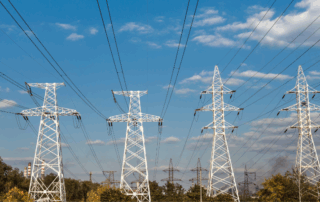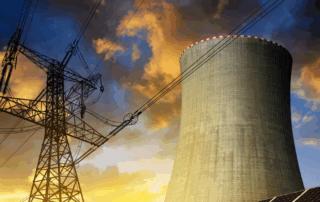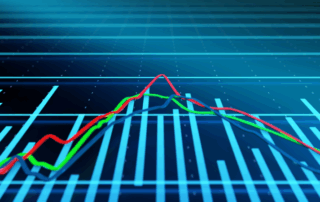5 Ways to Reduce Capacity Tags and Combat PJM Rate Increases
With PJM’s 2025/2026 capacity rates surging to decade highs, reducing your facility’s capacity tags has never been more critical for controlling electricity costs. By understanding how tags are calculated and taking strategic action during peak summer hours, businesses can significantly lower future capacity charges and protect their bottom line.
What PJM’s Capacity Cap And Collar Means For 2026-2028
FERC’s approval of a capacity price cap and collar for PJM’s 2026/27 and 2027/28 delivery years sets new upper and lower bounds for auction clearing prices, aiming to curb volatility while preserving investment signals. For energy brokers, large consumers, and generation developers, this temporary measure reshapes procurement strategies and budget planning in one of the nation’s most critical power markets.
Texas Senate Bill 6 (SB6): Impact on Energy Sector
Texas Senate Bill 6 (SB6) marks a significant overhaul of ERCOT’s rules, introducing new oversight for large load interconnections, backup power requirements, and behind-the-meter systems. For energy customers, understanding these changes is critical to managing costs in Texas’s evolving energy landscape.
Stranded Costs: Understanding Their Impact on Energy Deregulation
Stranded costs are a hidden but significant factor in the shift from regulated to deregulated energy markets, impacting both utilities and end users. For businesses and brokers, understanding how these unrecovered investments are charged to ratepayers is essential to making informed procurement and budgeting decisions in competitive markets.
Load Duration Curve: Managing Energy Demand Over Time
As the energy grid grows more complex with the rise of renewables and data center demand, managing electricity consumption has never been more critical. The Load Duration Curve (LDC) offers a powerful tool for visualizing and forecasting energy demand across different load types. In this article, we’ll break down how LDCs help utilities, businesses, and system operators make smarter, data-driven energy decisions.
The Role of Natural Gas In Supporting Decentralized Grids
As decentralized grids and microgrid technologies continue to grow, natural gas is playing an increasingly critical role in supporting energy reliability and independence. By complementing intermittent renewable resources like wind and solar, natural gas generation helps stabilize decentralized systems. In this article, we’ll explore how both conventional and renewable natural gas (RNG) are shaping the future of distributed energy networks.





